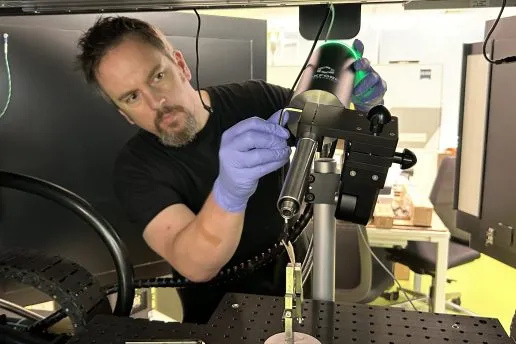Micro-computed tomography (micro-CT) uses X-rays to create three-dimensional images by capturing thin slices of a sample and computationally reconstructing the entire volume. This technique is widely used to study materials like polymers and biological specimens. To enhance contrast and reveal structures such as cell walls or organelles, biological samples are often stained with heavy metals, though this can alter sample integrity and introduce artefacts.

Cryogenic Cooling
The alternative to staining samples is to cryogenic cool them using Open-Flow Coolers. This method not only enhances micro-CT resolution and contrast, but also protects the sample from radiation and thermal damage during imaging.
The integration of cryogenic technology with micro-CT opens new possibilities for studying materials and biological systems, advancing fields such as pharmaceuticals, nanotechnology, and biomaterials.
Stay informed on the latest advancements in cryogenics and its applications in micro-CT research by subscribing to our newsletter.


